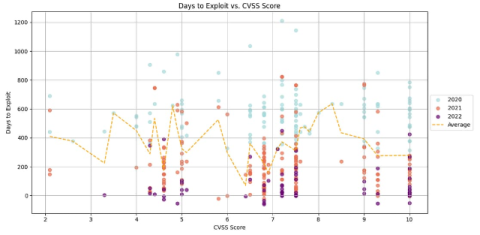Random but Memorable - Episode 13.6: Life Admin Selfie Fatigue with Troy Hunt
Are the frequent stories about data breaches in the news making us desensitized? On today's episode, friend-of-the-show Troy Hunt reveals how we can combat data breach fatigue and reflects on how the landscape of cyberattacks has changed over the past 10 years of Have I Been Pwned. Plus, we lift the lid on all the latest security news in Watchtower Weekly, and launch a brand new giveaway!











